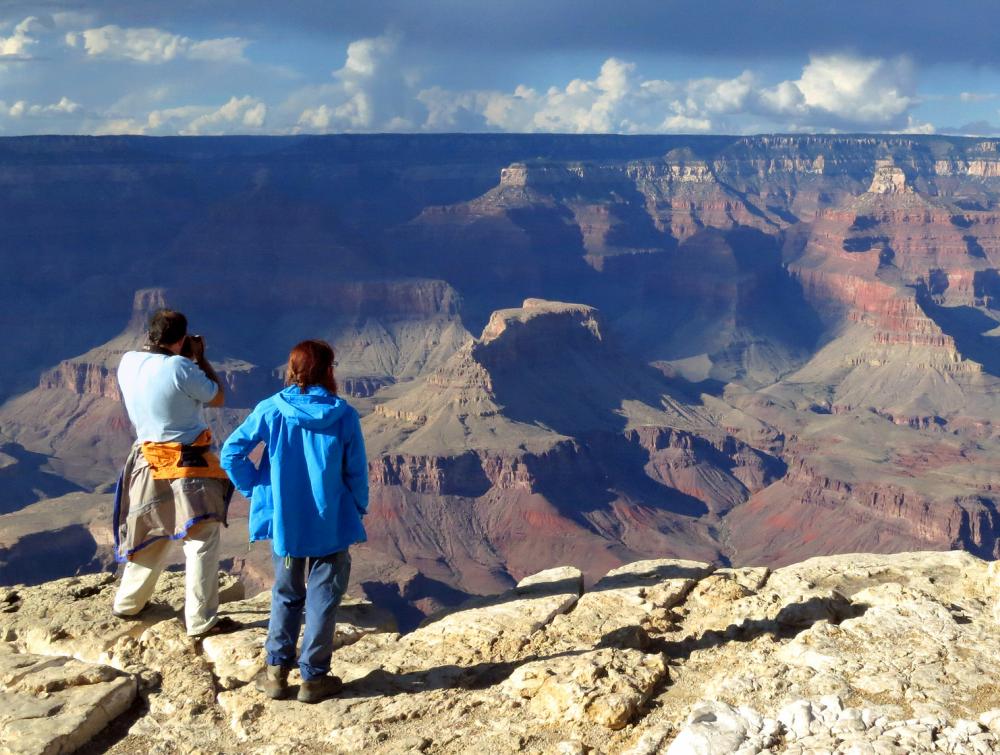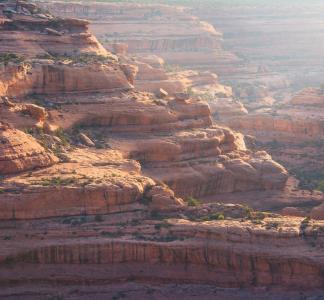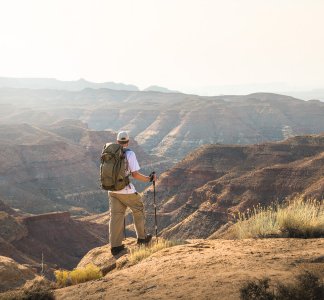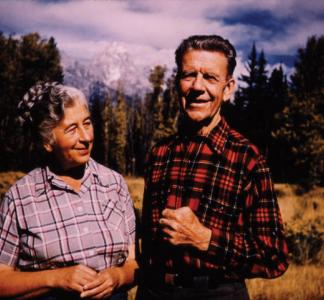Opening the Grand Canyon area to uranium mining is a horrible idea

Grand Canyon National Park, AZ.
Michael Quinn, National Park Service.
A move that bows to special interests
Anti-conservation members of Congress are urging the Trump administration to open the Grand Canyon watershed to uranium mining.
This move bows to special interests and benefits mining companies at the expense of one of America’s beloved national parks and surrounding areas. It is another blow in Trump era Washington’s fight to sell out America’s public lands to industry players.
Uranium mines threaten Grand Canyon watershed
The Grand Canyon land grab would spur the creation of new uranium mines in the area. Groundwater movement under the Grand Canyon watershed is impossible to predict, so uranium mining threatens the area’s water supply.
The groundwater of the park and that of the surrounding area – which includes the land of the Havasupai Tribe – could become contaminated with uranium and other toxic substances. Navajo miners exposed to uranium in the mid-1900s suffered injuries and even death.
The additional effects of the new mining may not be known for decades as the contaminated groundwater slowly disperses.
Who would propose such a bad idea?
Members of the House of Representatives Western Caucus who have championed special interest deals for mining, oil and gas drilling companies are to blame for this dangerous proposal. And they're pushing to open other wild places across the country to mining.
On May 2, twenty-three members of the caucus sent a letter urging President Trump and Interior Secretary Ryan Zinke to review an Obama-era ban on new mining claims on sensitive lands surrounding the Grand Canyon National Park.
The Obama administration’s Secretary of the Interior Ken Salazar had banned new uranium mining claims in the area in 2012 by a Public Land Order because of the danger posed to water, wildlife, areas sacred to Native American tribes, and other sensitive resources.
The Western Caucus Congress members argue that the Arizona Strip – a regional term they prefer to use, downplaying proximity to the Grand Canyon National Park – is a valuable place to mine. They don’t mention that mining presents dangers to the land, the wildlife, the water, and the people.
Grand Canyon National Park is one of the most popular national parks in America. It had over 7.7 million shuttle system boardings last year and is of incalculable value to Northern Arizona and the Havasupai and other Native American tribes.
The Havasupai have been in the Grand Canyon region for 800 years, and the groundwater-fed springs that they rely on for drinking water would be under threat by uranium contamination.
“We are one of the smallest tribes in Arizona, basically fighting for our existence and our lifestyle,” said Carletta Tilousi of the Havasupai Tribal Council to the Grand Canyon Trust.
Uranium mining would negatively impact the thriving tourism economy in the region if the Grand Canyon watershed groundwater was contaminated. The health of the Havasupai and other communities in the watershed would be in danger, and they could be forced to leave the area permanently.
Additional wild places targeted
The Western Caucus members didn’t stop at the Grand Canyon watershed. As part of their proposal, they urged the government to give extractive industries access to other areas that are Too Wild To Drill, including:
-The Superior National Forest. The land near the Boundary Waters Canoe Area Wilderness includes thousands of miles of pristine lakes, streams and wetlands.
-Nevada’s Owyhee Desert Sagebrush. More than 350 wildlife species call it home, including the endangered sage grouse.
These members of Congress want mining to supersede the health of the habitat of these sacred public lands.
We have to save these lands.
Breaking: Trump approves shrinking Bears Ears, Grand Staircase-Escalante
Mason Cummings, TWS
Maps: Trump admin ignored fossil resources in Grand Staircase-Escalante National Monument
Mason Cummings, TWS
Happy birthday to Mardy Murie, “Grandmother of the Conservation Movement”
U.S. Fish and Wildlife Service, flickr.



